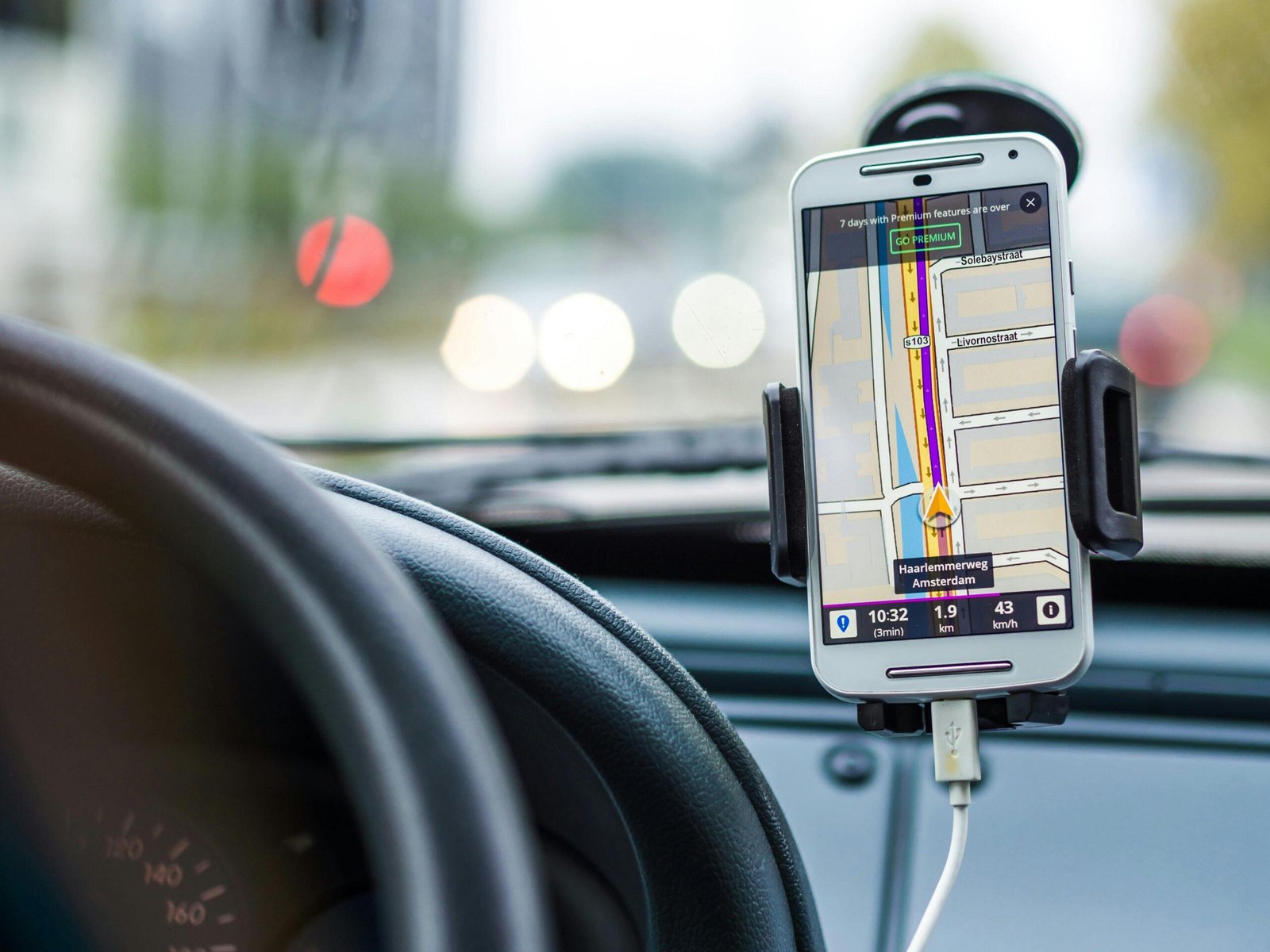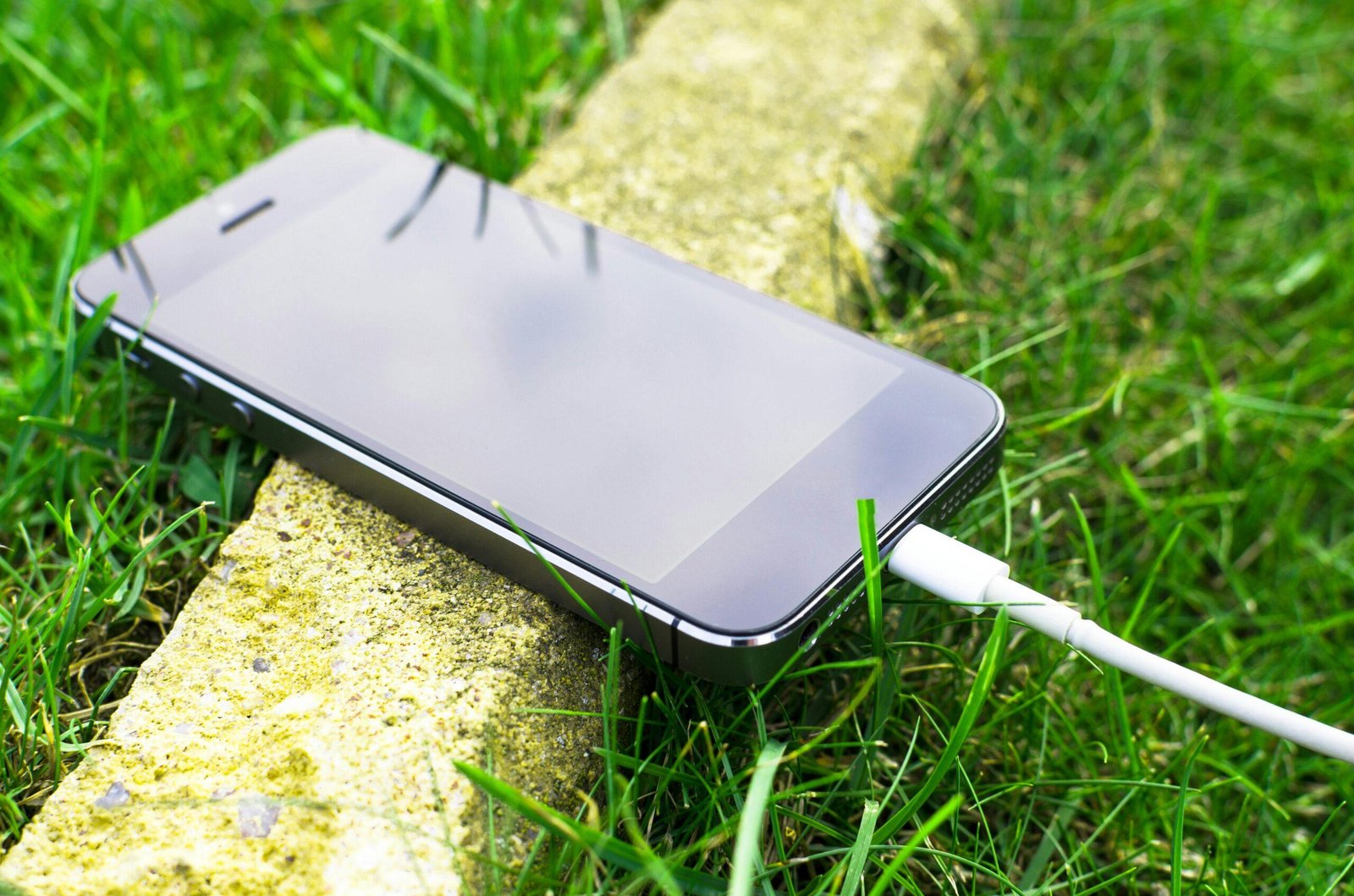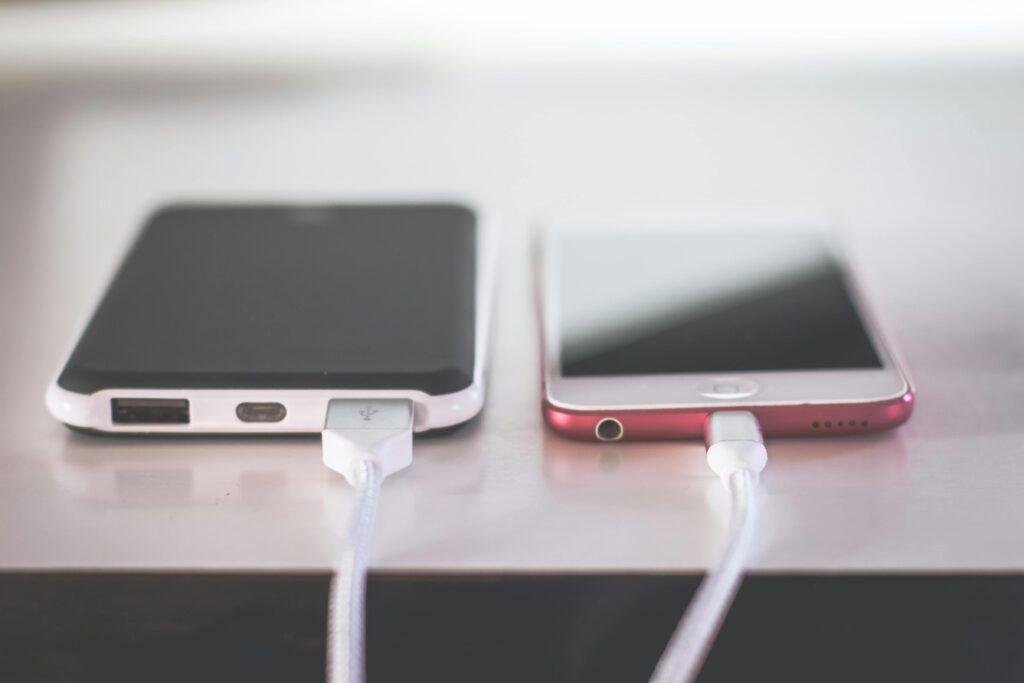Useful Smartphone Charging Tips
Smartphones have become essential in our daily lives, and as they are used throughout the day for communication, entertainment, and productivity, maintaining a healthy battery is crucial. Proper charging habits can ensure your phone operates efficiently and prolongs the life of its battery. In this article, we will discuss several tips to help you charge your smartphone effectively, avoid battery degradation, and maximize your device’s longevity.
1. Use the Original Charger
When charging your smartphone, always use the original charger and cable that came with your device. While third-party chargers might work, they are often not optimized for your specific phone model. Generic chargers may not provide the correct power output, which can result in slow charging times, overheating, or even damage to the battery. Using the charger that came with your phone ensures it charges at the recommended speed and voltage.
2. Avoid Overcharging
One common misconception about smartphone batteries is that it’s fine to leave them plugged in after they reach 100%. While modern smartphones are equipped with mechanisms to stop charging once the battery reaches full capacity, it’s still a good habit to unplug your device once it hits 100%. Keeping your phone constantly plugged in for extended periods may cause heat buildup, which can degrade the battery over time.
Ideally, try to keep your phone’s battery between 20% and 80% to prolong battery health. Charging from 0% to 100% on a regular basis can put additional stress on the battery and cause it to lose its capacity more quickly.
3. Charge in a Cool Environment
Heat is one of the biggest enemies of lithium-ion batteries, which are used in most smartphones today. High temperatures during charging can cause the battery to degrade faster, reducing its overall lifespan. If possible, charge your phone in a cool environment and avoid charging it while it is exposed to direct sunlight or placed on heat-sensitive surfaces like blankets or pillows.
If you notice your phone heating up excessively while charging, it may be a sign that the charger, cable, or battery is malfunctioning. In such cases, try using a different charger, or consider replacing the battery if it’s an older device.
4. Turn Off Unnecessary Features While Charging
Smartphones are equipped with several features that, when enabled, can drain the battery even while it’s charging. Features like Wi-Fi, Bluetooth, GPS, and background apps consume power and can slow down the charging process. By turning off features that are not in use, you reduce the strain on the battery and speed up the charging time.
To quickly disable many of these features, you can enable airplane mode while charging. This will disable most of the phone’s wireless functions, allowing the phone to focus solely on charging. This method is especially helpful if you need your phone to charge quickly.
5. Avoid Using Your Phone While Charging
Using your phone while it’s charging can cause it to heat up, which is detrimental to the battery. Activities like gaming, streaming videos, or running heavy apps generate a significant amount of heat. This, in turn, can affect the battery’s efficiency and health.
If you don’t need to use your phone immediately, it’s best to let it charge uninterrupted. If you must use the phone, opt for lighter tasks like texting or browsing, which generate less heat compared to more demanding applications.

6. Charge Using a Wall Outlet Instead of USB Ports
Charging your smartphone via a wall outlet is much faster and more efficient than using USB ports on computers, laptops, or other devices. USB ports typically supply less power than a wall charger, which can result in slower charging times. Charging from a wall outlet ensures your phone receives the appropriate voltage and current, leading to a faster and more efficient charge.
If you’re charging via USB and the phone is taking too long to charge, consider switching to the wall outlet for faster results.
7. Don’t Let the Battery Drain Completely
It’s important to avoid letting your phone’s battery drain completely to 0%. Although modern phones are designed to handle this, discharging the battery to such low levels on a frequent basis can accelerate the degradation of the battery’s overall capacity. It’s better to recharge your phone when it drops to around 20-30% rather than letting it run down entirely.
Lithium-ion batteries, which most smartphones use, do not suffer from the “memory effect” that older battery types (like nickel-cadmium) did. Therefore, partial charging is perfectly fine and even preferred for better battery health.
8. Use Wireless Charging Sparingly
While wireless charging is a convenient and futuristic way to charge your phone, it tends to generate more heat than traditional wired charging. Excessive heat can cause the battery to degrade faster. If you rely on wireless charging, use it when it’s convenient, but try to use wired charging when you need a quicker charge or when the phone is charging overnight.
Additionally, make sure to use a high-quality wireless charger that supports fast charging to avoid slow and inefficient charging speeds.
9. Avoid Charging in Extreme Temperatures
Smartphone batteries are designed to work optimally within a certain temperature range, typically between 0°C (32°F) and 35°C (95°F). Charging your phone in extreme temperatures—either very cold or very hot environments—can cause damage to the battery. If your phone is too hot or too cold to touch, it’s best to wait until it returns to a moderate temperature before charging.
If you live in a particularly cold or hot climate, take extra care when charging your device in such conditions, as prolonged exposure to extreme temperatures can significantly impact battery life.
10. Consider Battery Optimization Settings
Many modern smartphones come with built-in battery optimization features that help extend battery life. These settings can limit background processes, reduce power consumption, and optimize your charging habits. For example, some devices feature adaptive charging modes that learn your charging patterns and slow down the charging speed overnight to prevent battery wear. Ensure that these settings are enabled on your phone for better battery management.
Additionally, consider enabling “Battery Saver” mode when you’re running low on battery. This will limit certain functions and prevent unnecessary power drain.

Conclusion
By following these simple yet effective charging tips, you can ensure that your smartphone’s battery stays healthy, and its longevity is maximized. Proper charging practices, such as using the original charger, avoiding overcharging, charging in a cool environment, and keeping your battery between 20-80%, will go a long way in extending the life of your phone. Always stay mindful of how you charge your phone, and with consistent care, your smartp
hone battery will continue to serve you well for years to come.
Image Credits: Pexels
